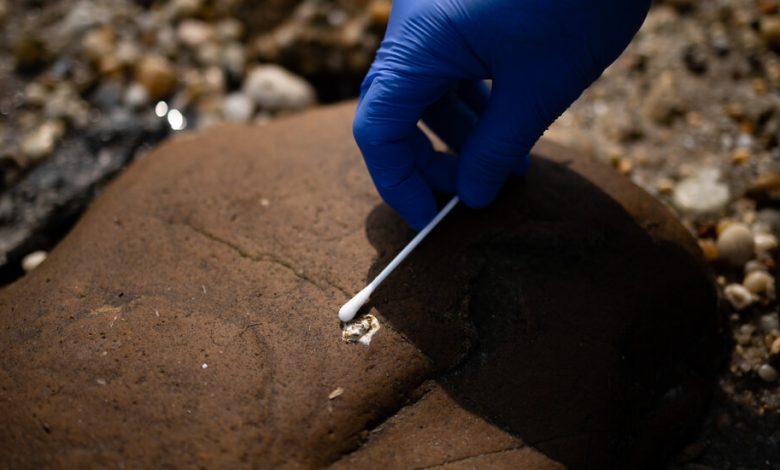Seriously, Now Is the Time to Stop Kissing Sick Birds

New Yorkers, beware: If you come across a bird or animal that is sick, dead or behaving strangely, keep yourself and your pets at a safe distance. The bird flu virus, H5N1, is present in at least some small fraction of New York City birds, according to a new study.
The finding is not entirely surprising, given that H5N1 has now been shown to affect migratory birds, a wide range of wild animals, poultry and, as of last month, dairy cows. Still, its discovery in the city is an unpleasant reminder that urban spaces are not exempt.
People generally associate zoonotic diseases with rural settings, farms or the wilderness, said Florian Krammer, a flu expert at the Icahn School of Medicine at Mount Sinai in New York who led the study, which was published online last week.
But New York City has many green spaces and bodies of water used by migratory and local birds, he said: “There is an extensive interface between wild animals and humans in cities.”
“There is no reason to panic, but it’s good to be aware of it,” he added.
Last week, the Centers for Disease Control and Prevention warned health care providers to watch for signs of bird flu infection. So far, only two Americans have been reported as infected with H5N1, one in 2022 and the other earlier this month.
The virus has caused large outbreaks in mink and foxes, and wiped out thousands of marine mammals, especially in South America. Scientists have tracked the virus along migratory routes and stopovers, among wild birds in rural areas and commercial poultry operations and, most recently, among cattle on dairy farms.




